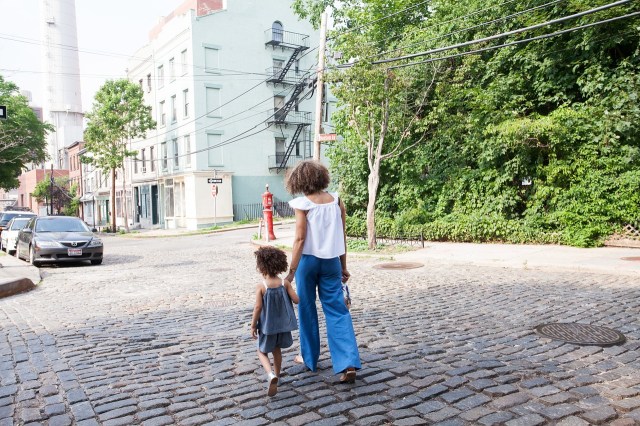Living in a neighborhood you can easily walk around is a major bonus when you have a family. Besides being able to stroll that cranky baby to sleep and having space for those first bicycle rides, new findings show that walkable neighborhoods could lower kids’ asthma risk.
A new study conducted by researchers at the University of Manitoba and Children’s Hospital Research Institute of Manitoba found that low walkability in a child’s neighborhood was linked to an increased risk of developing asthma. The study followed over 326,000 kids born between 1997 and 2003 in Toronto and tracked them from ages 8 to 15. Twenty-one percent of the kids included in the study were diagnosed with asthma, which correlated with the walkability of the neighborhood they grew up in.
Does your child have #asthma? Here are common asthma #triggers and allergens to watch out for: https://t.co/3lsg7BcrPF #parenting #healthcare pic.twitter.com/mrxW6DmOuS
— aboutkidshealth (@AboutKidsHealth) June 18, 2018
“We found that children living in neighborhoods with low walkability were more likely to develop asthma and to continue to have asthma during later childhood,” said study author Dr. Elinor Simons.
While the findings didn’t prove that a lack of walking automatically created a higher risk of developing asthma, it did show that physical behavior could be an important factor. “These findings show a relationship between lack of day-to-day physical activity, or sedentary lifestyle, and development of new and ongoing asthma in Toronto children,” Simons explained.
—Shahrzad Warkentin
Featured photo: Pixabay
RELATED STORIES:
Study Warns Moms Should Think Twice Before Criticizing Dad’s Parenting
Kids Brains Are Hardwired for Recess, New Study Finds
Working Moms Are More Likely to Have More Successful Daughters, Study Finds











